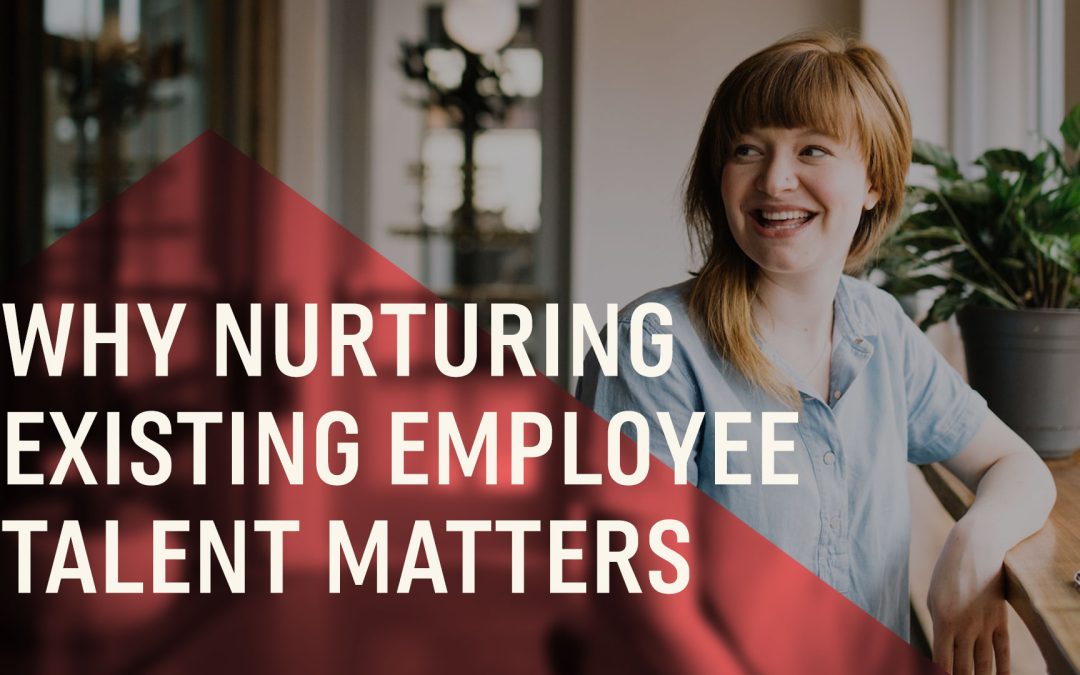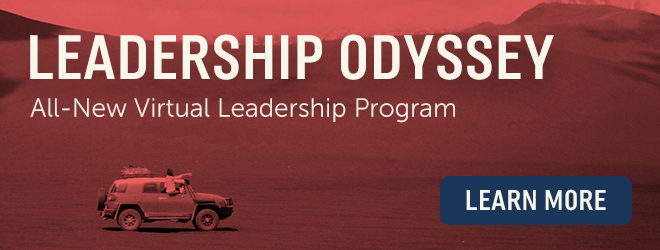As leaders, we understand how crucial it is to nurture and grow talent within our organisation. It’s no secret that the job market is tough right now, and finding skilled employees is a challenge. However, by focusing on developing and promoting our own internal talent, we can gain a real edge over our competitors. In fact, Korn Ferry, a well-respected talent management firm, has identified internal talent development as the number one trend for 2023. So, by investing in our people and providing opportunities for growth and advancement, we’ll be setting ourselves up for success in the long run.
Gone are the days when traditional career paths were the only option. Nowadays, organisations need to take a more flexible and comprehensive approach to help their employees grow. This means focusing on developing skills, building capabilities, promoting professional growth, and nurturing personal development. By tapping into the valuable knowledge and expertise that already exists within the company, organisations can retain important know-how, enhance the skills of their workforce, and maximise their potential.
Implementing internal mobility programs, however, comes with its own set of challenges. These include avoiding burnout, addressing gaps in management skills, and finding the right balance between skill development and maintaining efficient operations. CEOs and senior leaders who take the time to assess the effectiveness of managers and leaders in supporting employee mobility and development will give their workforce a solid foundation.
Organisations that excel in internal talent development and mobility understand that traditional approaches to organisational growth are no longer sufficient. Instead, they prioritise candidates who show potential rather than focusing solely on their past experience. These organisations map out career paths and provide opportunities for employees to grow throughout their time with the company, starting from onboarding and continuing throughout their entire employee lifecycle. In recent years, we’ve seen a shift in the workforce, as both managers and leaders are now expected to possess crucial skills such as empathy, engagement, and empowerment. These skills create a high-trust environment that fosters employee growth.
As a leader, you play a vital role in driving the success of your organisation’s internal talent development and mobility programs. Here are some actions you can take to ensure the success of your program:
Develop a clear strategy
Develop a clear and concise strategy that outlines your organisation’s goals and objectives for internal talent development and mobility. This should include specific timelines and metrics to measure the success of your program.
Invest in learning and development
Invest in learning and development opportunities for your employees, such as professional development workshops, conferences, and online courses. Encourage employees to use these opportunities to upskill and learn new skills.
Foster a culture of continuous learning
Create a culture of constant learning within your organisation by encouraging employees to share their knowledge and experiences with each other. This can be achieved through regular knowledge-sharing sessions, mentorship programs, and workshops.
Create a mentorship program
A mentorship program can be an excellent way for employees to learn from experienced professionals within your organisation. This can help employees develop new skills, gain exposure to different areas of the business, and form valuable relationships with their mentors.
Offer flexible work arrangements
Offer flexible work arrangements such as remote work, flexible hours, and job sharing to help employees balance their work and personal lives. This can help employees feel more engaged and empowered, increasing productivity and job satisfaction.
Virtual workshops such as Leadership Odyssey offer a flexible way to develop talent within organisations by allowing new and experienced managers to go through a self-paced, 12-week course aimed to hone their leadership capabilities.
Encourage cross-functional collaboration
Encourage cross-functional collaboration by encouraging employees to work on projects outside their usual departments. This can help employees develop new skills, broaden their perspectives, and form valuable relationships with colleagues from different parts of the organisation.
Review and assess your program
Regularly review and evaluate your internal talent development and mobility program to ensure it meets your organisation’s goals and objectives. This can be done through employee surveys, focus groups, and performance metrics.
Recognise and reward employee achievements
Recognise and reward employee achievements, such as completing a professional development course or taking on a new challenge at work. This can motivate employees and reinforce the importance of internal talent development and mobility within your organisation.
Provide resources and support
To help employees succeed in their internal mobility and development journeys. This can include providing access to mentorship programs, online resources, and personal development plans.
Lead by example
As a leader, you can be influential in promoting internal talent development and mobility within your organisation. Lead by example by participating in professional development opportunities, encouraging employees to upskill, and fostering a culture of continuous learning.
Internal talent development and mobility are crucial for the success of organisations in today’s competitive landscape. Organisations can retain valuable knowledge, increase workforce capability, and foster employee growth by prioritising this trend.

